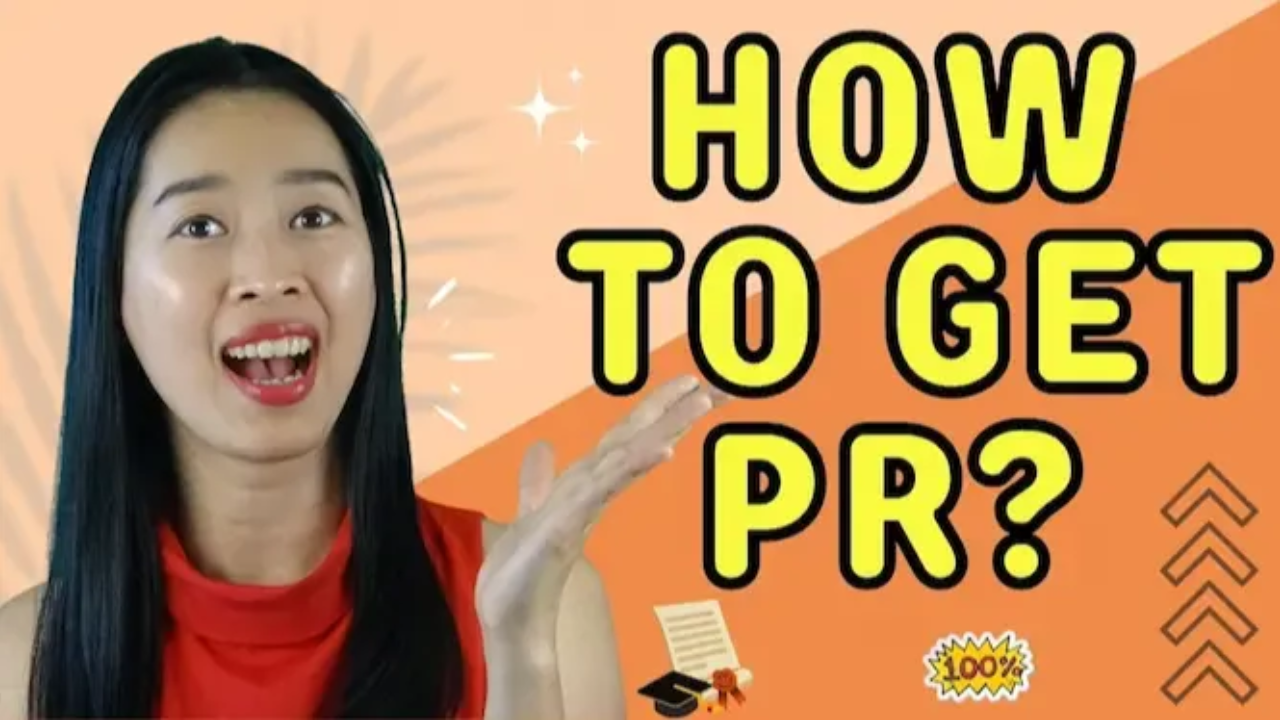How to Get Australian PR for International Students

If you’re an international student in Australia, there’s a good chance your long-term dream is to stay here permanently. For many, that means securing permanent residency (PR). But here’s something most students don’t realise — PR doesn’t start with a visa application, it starts with your job search.
In fact, the single biggest factor that determines whether you can get PR is whether you can land a full-time skilled job in your nominated occupation. Let’s break down why, and how you can put yourself in the best position to make it happen.
Why Skilled Jobs Are the Gateway to PR
While studying in Australia is an important step, your degree alone won’t get you PR. Almost every PR pathway for international graduates requires one or more of the following:
- A full-time skilled job in your nominated occupation
- A positive skills assessment from the relevant authority
- Enough points in the migration points test (often 80+ to be competitive)
- Employer sponsorship or state/territory nomination
A skilled job helps you tick these boxes faster because:
- It increases your points — Australian work experience can add 5–20 points depending on duration.
- It proves your occupation is in demand — which strengthens your case for sponsorship or nomination.
- It makes you eligible for more visas — including employer-sponsored and regional visas.
- It helps you get a positive skills assessment — which often requires 1 year of relevant post-study work experience.
In short, your skilled job is the bridge between graduation and PR.
Common PR Pathways for International Students
There are several visa subclasses that can lead to PR for graduates. The most common include:
- Temporary Graduate Visa (Subclass 485) — Gives you time to gain skilled work experience after graduation.
- Skilled Independent Visa (Subclass 189) — Points-tested, no sponsorship required.
- Skilled Nominated Visa (Subclass 190) — Requires state or territory nomination.
- Skilled Work Regional Visa (Subclass 491) — For those working and living in designated regional areas.
- Employer-Sponsored Visas (Subclass 186 or 482) — Requires an eligible employer to nominate you.
Almost all of these require — or strongly benefit from — skilled employment in your nominated occupation.
How Your Job Impacts Your PR Points
The migration points test rewards skilled work experience in Australia. Here’s how:
|
Factor |
Points |
|
1 year of Australian skilled work |
5 |
|
3 years |
10 |
|
5 years |
15 |
|
Job offer in a regional area |
+5–15 |
|
State nomination |
+5 (190) or +15 (491) |
|
Employer sponsorship |
Access to employer-nominated PR visas |
Even a few months of work can open doors to certain regional or nominated visas. But in most cases, 1 year of relevant, full-time skilled work after your degree is the golden threshold for skills assessments.
The Mistakes That Delay PR
After working with hundreds of international students, I’ve seen a clear pattern in the mistakes that cost people their chance to stay:
- Only focusing on study — and waiting until graduation to start job searching.
- Relying on casual or unrelated jobs — which may pay the bills but don’t support PR.
- Misunderstanding visa timelines — and leaving it too late to move to a regional area or secure sponsorship.
- Assuming PR is automatic — without understanding the skilled job requirement.
- Acting too late — by the time some students focus on PR, their visa is expiring and options are limited.
These mistakes are avoidable if you start your job search early and target roles that count toward PR.
How to Get PR in Australia as an International Student — Step by Step
- Identify Your Occupation on the Skilled Occupation List
Make sure your degree and career path align with an occupation that’s currently eligible for migration. - Understand Your Skills Assessment Requirements
Find out which assessing authority is relevant to your occupation and what evidence you’ll need. Many require 1 year of full-time work in your field post-graduation. - Target Skilled Jobs Early
Don’t wait until you have your degree in hand. Apply for internships, graduate programs, and entry-level roles in your field while you’re still studying. - Consider Regional Opportunities
Living and working in a regional area can add points and open additional visa pathways. But plan early — you may need to be in the region before applying. - Maximise Points Where Possible
Beyond work experience, look at other ways to increase your points: higher English test scores, additional qualifications, partner skills, or state nomination. - Get Expert Help for Your Job Search
If your resume, cover letter, or LinkedIn profile isn’t getting results, get professional guidance. A skilled job coach can help you cut months off your search.
Why Acting Early Matters
I’ve seen too many students wait until their visa expiry is just months away before thinking about PR. By that point, it’s often too late to gain the work experience required for eligibility.
The truth is, you should be planning for PR as soon as you arrive in Australia — and your first skilled job should be part of that plan.
Take the First Step Toward PR
Every PR pathway for international students has one thing in common: a skilled job. Without it, your options shrink dramatically. With it, you open multiple doors — from regional nominations to employer sponsorship.
That’s why the smartest move you can make right now is to focus on landing a skilled job in your nominated occupation.
To help you do that, I’ve created the Skilled Job Starter Kit — designed specifically for international students and migrants in Australia. Inside, you’ll find:
- Job-winning resume and cover letter templates
- Proven interview strategies
- A LinkedIn profile checklist to attract recruiters
Get it free here: theaho.co/free


